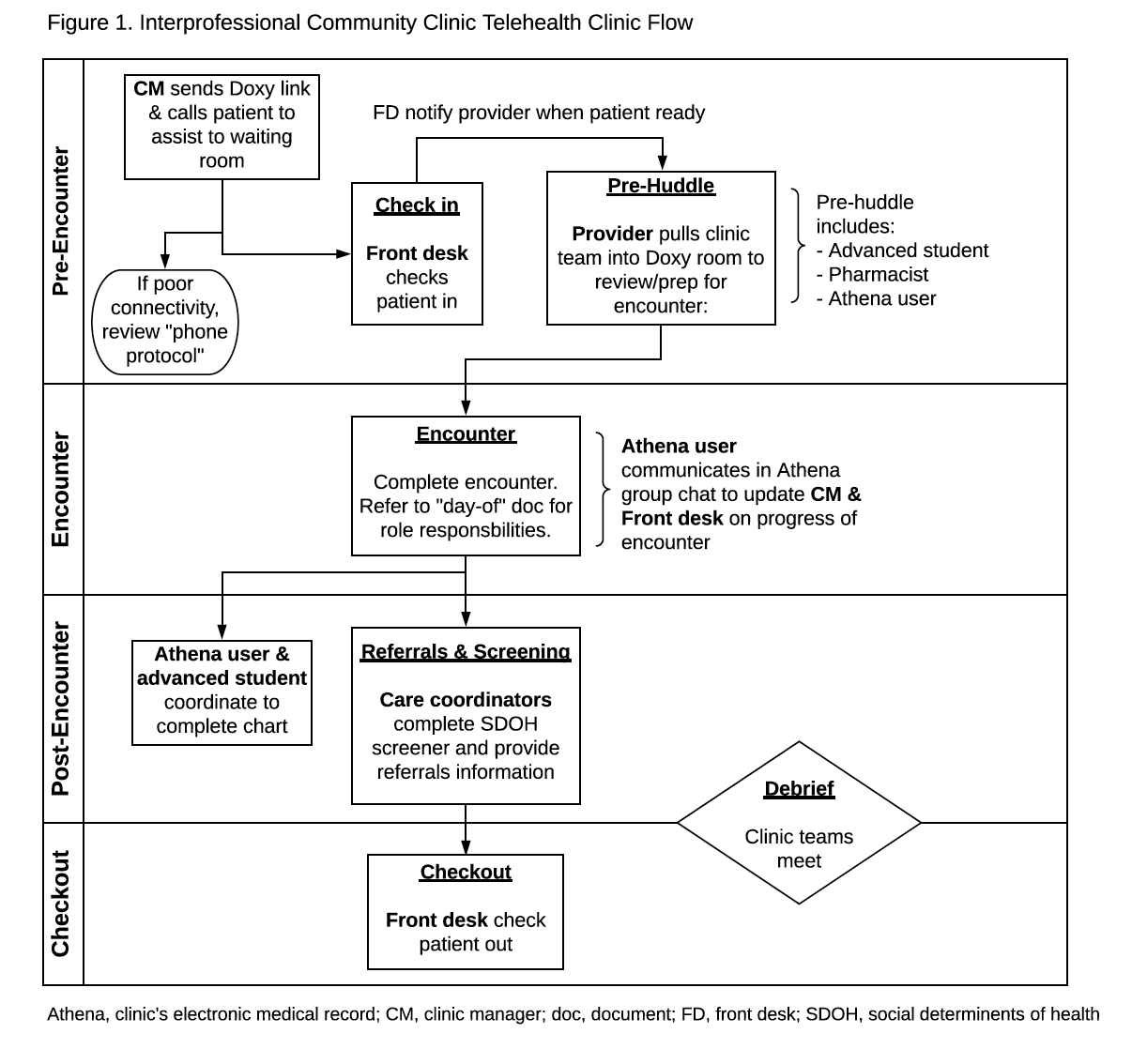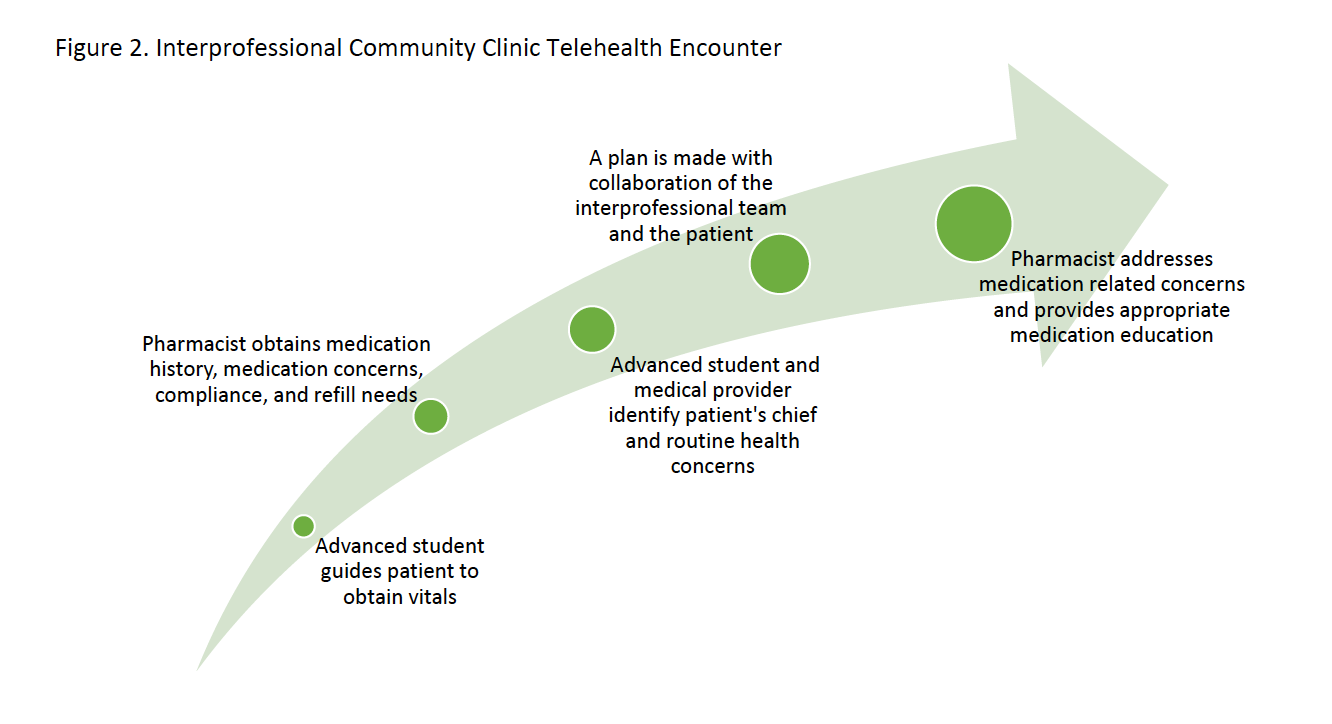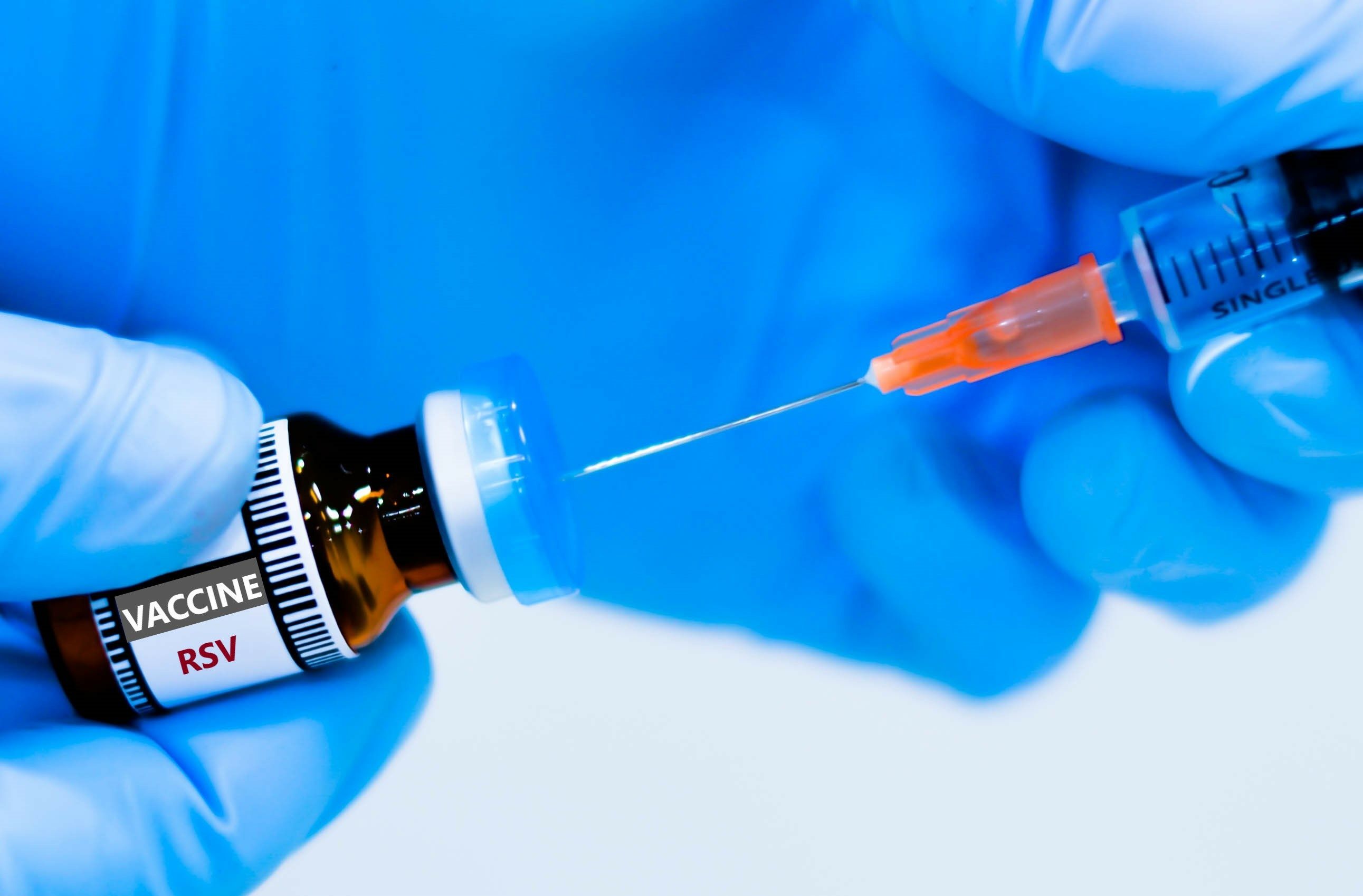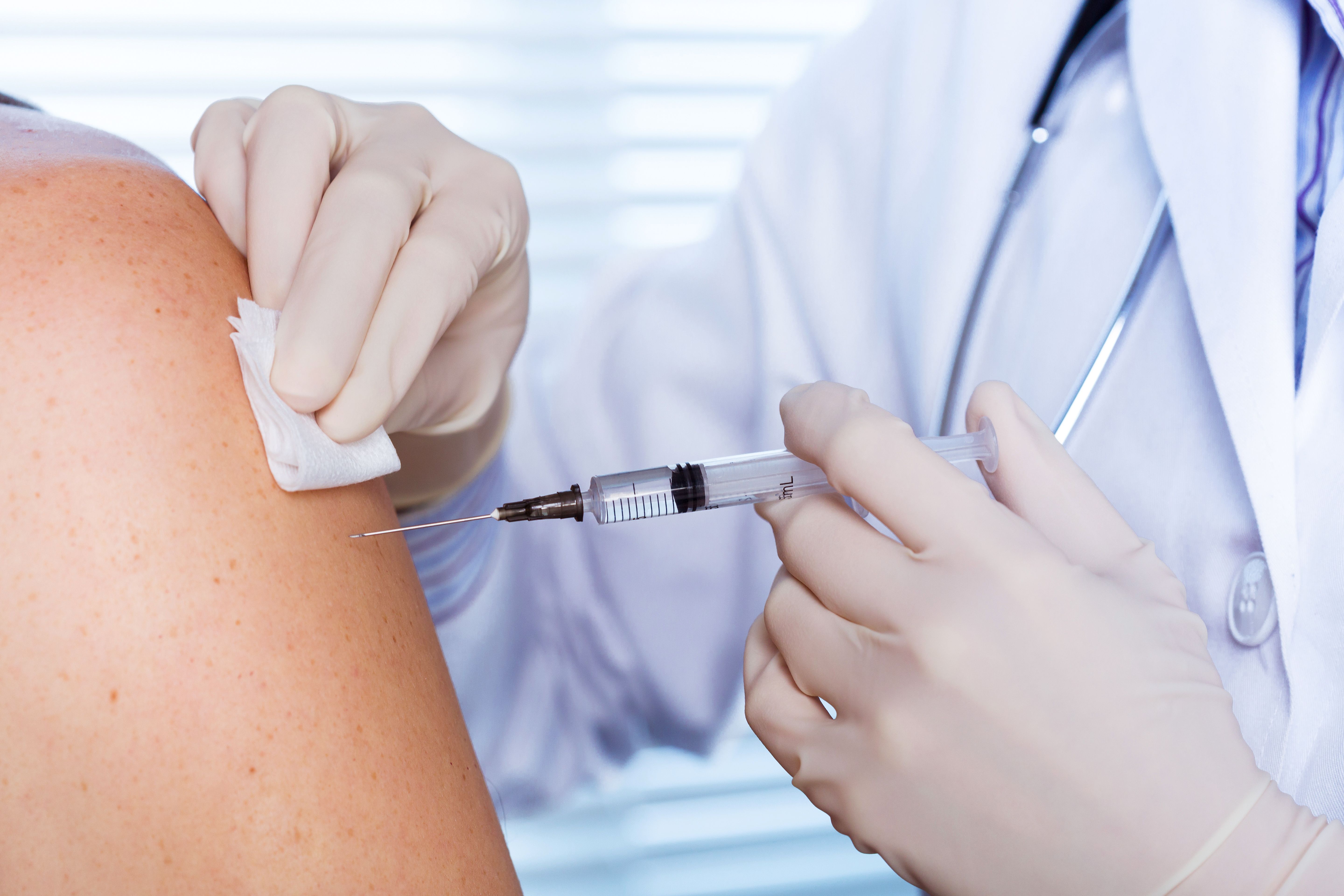Article
Pharmacy and Telehealth: An Interprofessional Model at a Student-led Free Clinic
Author(s):
Unique model demonstrates how clinical pharmacy services could be integrated into an interprofessional telehealth clinic.
Coronavirus disease 2019 (COVID-19) has changed the way patient-centered care is delivered and has challenged providers to identify alternate means of connecting with patients. At Rosalind Franklin University of Medicine and Science (RFUMS), an interprofessional team of faculty and students have taken the initiative to provide patient care through telehealth at the university’s student-led free clinic.
The purpose of this article is to demonstrate how clinical pharmacy services can be integrated in an interprofessional (IP) telehealth clinic. Located in North Chicago, Illinois, RFUMS houses 5 colleges and more than 30 graduate health professions and science programs that focus on IP education, helping students in different professions learn about, from and with each other.
The Interprofessional Community Clinic (ICC), is the RFUMS student-led free clinic founded in 2013 by a group of medical students for 2 main purposes:
- Provide health care to underserved patients in the neighboring communities.
- Train health professional students in interprofessional health care delivery.
The services provided by ICC include medical, podiatric, behavioral health, and physical therapy care. The ICC Medicine Clinic is staffed by an interprofessional team of students and supervising licensed faculty from various professions (medicine, physician assistant, nursing, pharmacy, physical therapy, podiatry and psychology). This co-curricular experience exposes students to four core interprofessional competencies, which include values and ethics, roles and responsibilities, communications as well as teams and teamwork.1
Pharmacy Involvement at ICC
Approximately 10 licensed and trained pharmacists participate in the ICC IP Medicine Clinic as the lead clinical pharmacist on a rotating basis. Responsibilities of the clinical pharmacist include education (patients, students, and faculty) on optimization of pharmacotherapy and current vaccination standards; drug information provision; prescription assistance; and supervision of student pharmacists in performing medication management, vaccination, and counseling services.
Pharmacy faculty exemplify IP collaboration by working with faculty clinicians from other health professions, guiding the IP student teams, and assisting them in using pharmacotherapy and pharmacology knowledge to create evidence-based patient care plans.
Telehealth at ICC
In March 2020, the COVID-19 pandemic forced ICC to close its doors to office visits. A group of student and faculty leaders virtually gathered in early April to engineer the telehealth model and workflow to provide services in medicine, psychology, and physical therapy.
As the ICC cares for an underserved population, telehealth can alleviate disparities in access to care, particularly for patients who lack transportation, cannot take time off of work, or lack access to childcare. To align with the goals of ICC, our telehealth model incorporates interprofessionalism and student volunteers in all aspects of its operation.
Along with faculty advisors from various professions, pharmacy faculty advisors participated in initial brainstorming sessions as a key part of the interprofessional working model. Pharmacy faculty advisors actively worked with ICC’s leadership team to investigate telehealth scope of practice, design clinic visit workflow, conduct mock clinic visits, provide training and support to fellow faculty, and facilitate continuous feedback to improve the health care delivery via telehealth.
The ICC utilizes Doxy.me, a HIPAA-compliant platform for all telehealth visits. ICC is able to fund “clinic” level functionality through a grant obtained through the Volunteers in Medicine organization, which supports multiple virtual “rooms” that allow for coordination of multiple patients and services.
The clinic level of Doxy.me also allows increased room access, permitting interpreters, students and multidisciplinary faculty providers in a virtual “room” with the patient. This is essential for providing interprofessional care and interpreter services in a virtual environment.
The ICC’s telehealth clinic operation workflow can be found in Figure 1. For each clinic evening, 1-2 patients with confirmed technology capability are scheduled for Medicine Clinic appointments.

Just prior to the visit time, the patient is contacted by the clinic's front desk operator and an interpreter (as needed) to initiate the check-in process, which includes a detailed verbal consent for the telehealth visit and telecommunications. Simultaneously, the IP team conducts a pre-visit huddle to discuss the patient case, discuss individual roles, and prepare for the visit.
This IP team includes a medical clinician, a pharmacist, an advanced medical or physician assistant student, a student scribe, and an interpreter as needed. Once the check-in is complete, the medical clinician admits the patient into the visit “room.” Initial introductions are made, and patient sound, comfort, and privacy are checked.
Figure 2 depicts the details of the IP team’s telehealth encounter with the patient. The advanced student initiates the visit by guiding the patient to obtain their vital signs.

The pharmacist follows to obtain medication history, medication concerns, compliance, and refill needs. Thereafter, the advanced student and medical provider continue the patient visit to hear their chief concern and routine health concerns.
Simultaneously, the IP team is communicating via a secure chat in the electronic medical record (EMR) to facilitate team communications and discuss clinical care plans. Once a collective decision is made, the medical clinician discusses this with the patient.
Lastly, the pharmacist addresses any patient medication-related concerns, provides appropriate medication education, assures transmission of patient’s prescriptions to their pharmacies, updates medication and vaccine lists in EMR, and discusses visit documentation plans with the student scribe.
Once the patient visit is completed, the front desk student team receives the patient to initiate check-out procedures, which include a brief social needs screen, scheduling follow-ups or referrals, and provision of local community resources such as food assistance. The IP team then joins the rest of the clinic team to debrief on the patient visit and discuss any workflow issues and opportunities for future improvement.
Barriers to telehealth in our patient population
Several barriers exist to providing telehealth services to our patient population. As the majority of ICC patients identify as Hispanic/Latinx and speak Spanish as their primary language, a shortage of interpreters poses a significant challenge to service expansion.
Additional telehealth barriers include lack of access to reliable internet, or access to a computer/device with a camera. Additional limitations include unavailability of devices for at-home vitals check and patient concerns with privacy/confidentiality issues related to presence of private health information over the internet. Our student leaders are leading interviews with community leaders to identify other barriers and possible solutions.
Conclusion
The Rosalind Franklin University of Medicine and Science’s Interprofessional Community Clinic is an interprofessional model of service, clinical practice, and student initiative that has adapted to the COVID-19 pandemic by delivering interprofessional patient care and student education via telehealth. Many examples of pharmacist-delivered telehealth services exist to date; however, our unique model demonstrates how clinical pharmacy services could be integrated into an interprofessional telehealth clinic.
References
- Core competencies for interprofessional collaborative practice: 2016 update. Washington, DC: Interprofessional Education Collaborative. Accessed July 23, 2020. https://nebula.wsimg.com/2f68a39520b03336b41038c370497473?AccessKeyId=DC06780E69ED19E2B3A5&disposition=0&alloworigin=1.
Disclosures: The authors declare no real or potential conflicts or financial interest in any product or service mentioned in the manuscript, including grants, equipment, medications, employment, gifts, and honoraria.
About the Authors
Khyati Patel, PharmD, BCACP, Ambulatory Care Pharmacist, Aurora Medical Center Kenosha; Assistant Professor, College of Pharmacy Rosalind Franklin University of Medicine and Science.Danielle M. Candelario, PharmD, BCPS, Associate Professor, Associate Director of Pharmacy Skills Education, College of Pharmacy Rosalind Franklin University of Medicine and Science.Melissa Chen, MD, Clinical Director, Interprofessional Community Clinic, Assistant Professor, Chicago Medical School, Rosalind Franklin University of Medicine and Science.





